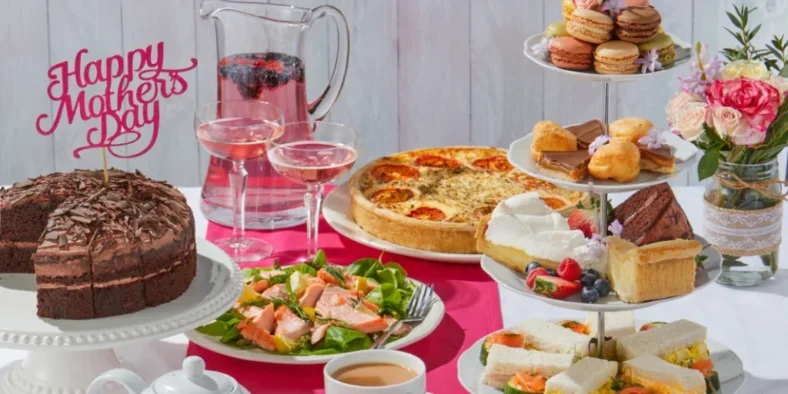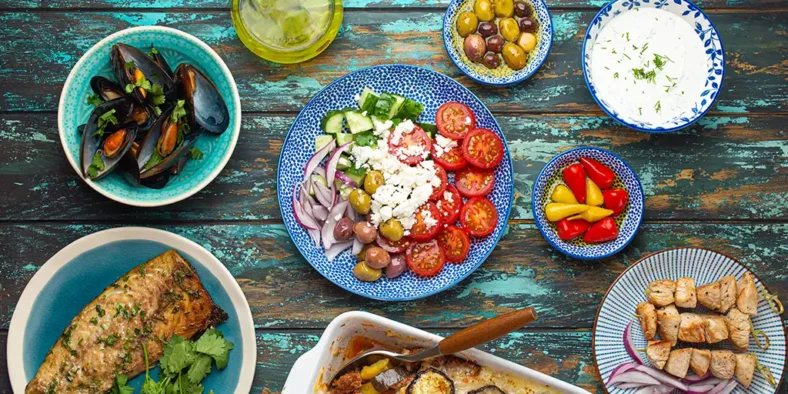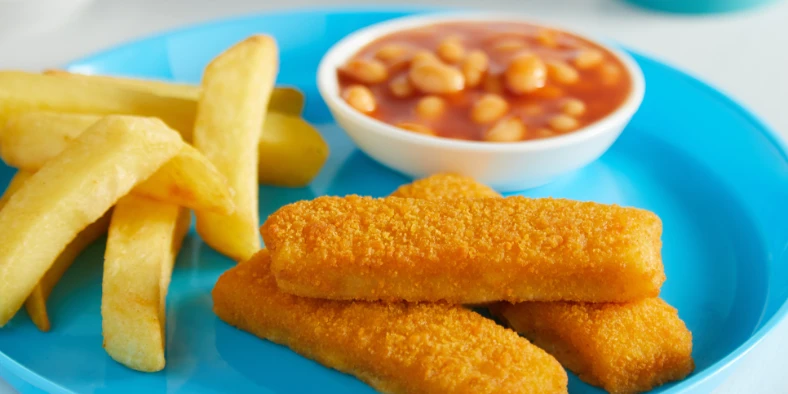Weeks before the big day, chefs are busy putting in their Christmas food orders, making sure they’ve got enough stock for the busiest trading period of the year. Christmas isn’t a one-day occasion in the hospitality industry, which means chefs could be cooking quite a few Christmas dinners. In the rush of it all, it can be easy to over-prep and cook a little too much, resulting in more waste than usual. However, there are a few simple steps we can take to reduce waste and our impact on the environment.
Plan ahead

It sounds simple enough, but planning really does make a difference.
- Take bookings, and for big parties, it’s a good idea to call on the day to make sure the number of people coming is still the same, so you don’t over cater.
- Create your menu well in advance, less is more for parties, just a few dishes will do.
- If you can, think about the following days after a big party too, and if there are any ways you can use some of the same ingredients in other dishes to help reduce waste.
Portion sizes
There’s nothing worse than looking like you’ve gone skimpy on the portions, but there is an art to getting it just right. Don’t overfill the plates and if you’re doing buffet style, sometimes holding back a little food is better – you can always take more out but none away. At least if the leftovers haven’t left the kitchen they can be used for another table, eaten by staff, frozen (if it’s an option) or given away.
Use the freezer
Make sure you have enough freezer space for your leftovers, storing anything that can be kept. Label it up clearly, with the date and name, so that it’s easy to find. Using ice cube trays to store sauces or stock and freezer bags that can lay flat is a good way to save space.
Go local
Customers love to know when a chef uses local ingredients, especially those who care about the miles food has to travel to get to their plate. Save on air miles and packaging and support local businesses, where possible.
Don’t discard the scraps

There are so many food items we get rid of that we can save, whether to flavour stocks or in sauces, purées and chutneys. Save your herb stalks for things like pesto and salsa verde, potato peelings and cauliflower leaves for a tasty snack – just cover with a little oil, salt and pepper, and pop in the oven. If you peel your carrots, deep fry them and use them as toppings on dips like hummus or on top of purées for a bit of crunch. And don’t throw away the cauliflower and broccoli stalks; chop them up finely and use in sauces, bolognese and stews.
Get composting
If you don’t already, get yourself a compost bin. At least if you can’t use up all your scraps, you can put them in a garden compost bin and put the nutrients back into the earth. Everything from potato peel to tea bags and egg shells.
Get creative

Leftovers? Think about how you can use these in another dish. That could mean adding a special onto your menu for the following day or changing up a few dishes (like turning your usual mash into parsnip and potato mash).
Give it away
If you have really cooked a little too much (and all your staff are bored of turkey and stuffing), then try and give it away. Are there any local businesses you can do a food swap with? Food banks you can drop it down to? Or, why not sign up to an app, which lets locals know you have leftover food, which they can get for a fraction of the price, have a look at Too Good to GoOlio.





















